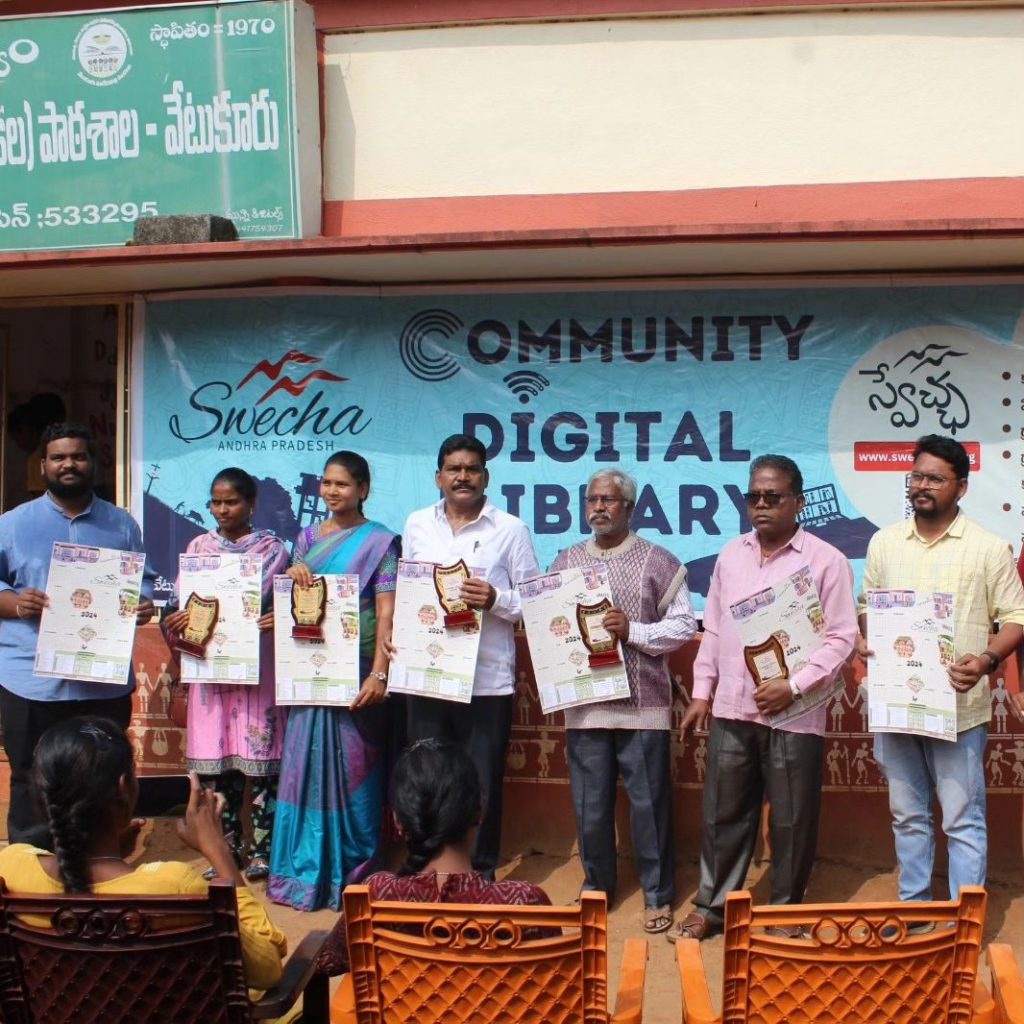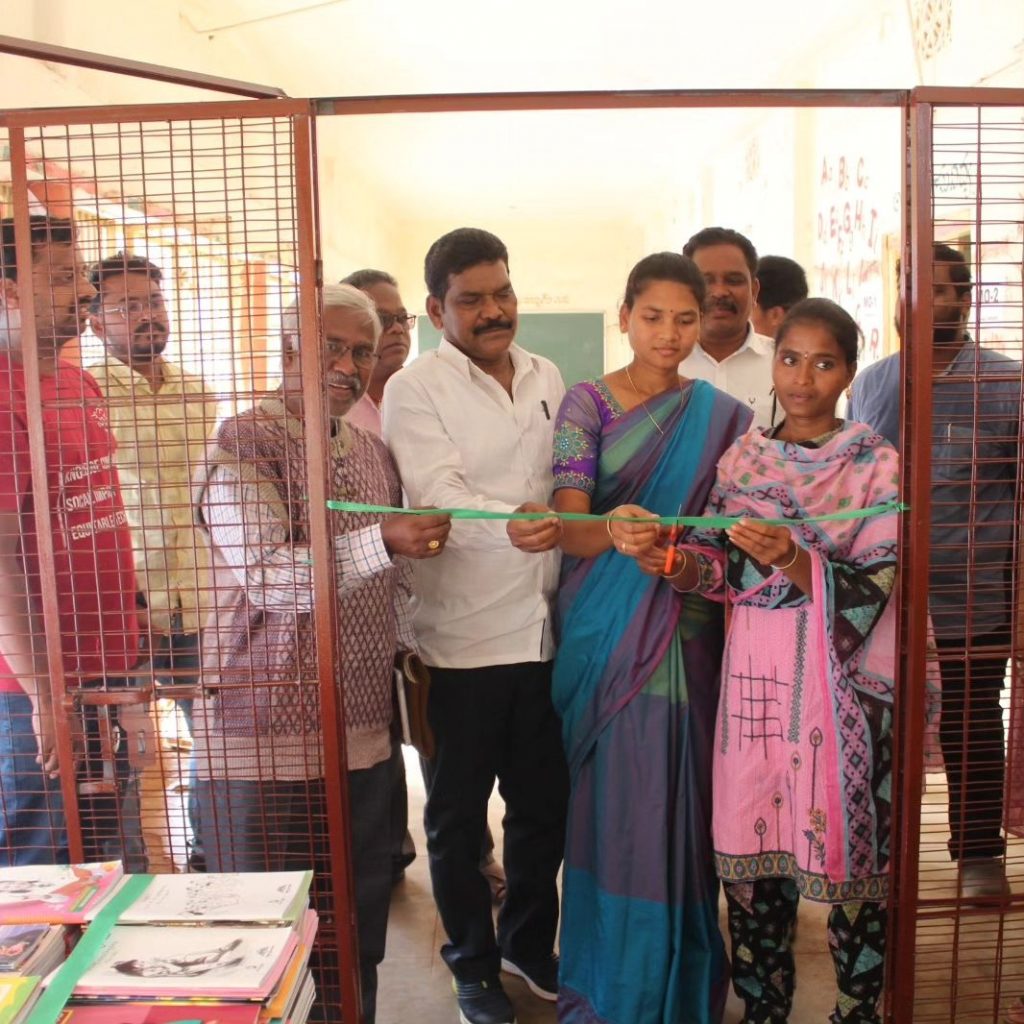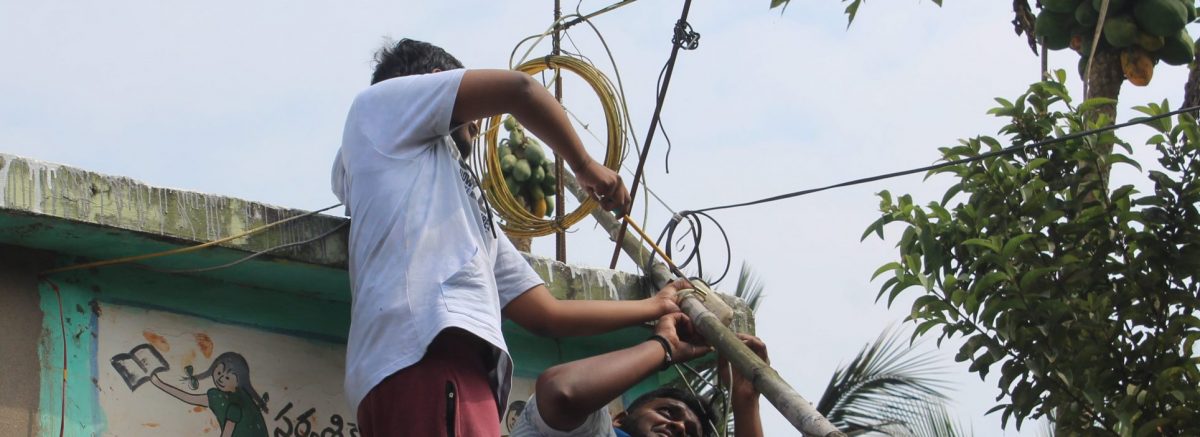A recent pilot study conducted in a remote, hilly region with limited external communication highlighted the complexities of digital adoption and empowerment. While the initial roll out of a community network, providing internet access, saw promising early adoption, particularly for entertainment platforms like YouTube, the subsequent decline in usage exposed underlying challenges.
It became evident that network and bandwidth constraints, although significant factors, were not solely responsible for the decreased usage. A deeper analysis revealed that the primary consumption was for entertainment purposes, suggesting a need for a more structured approach to digital empowerment.
To address this, the concept of a Community Digital Library emerged. This initiative aims to guide users towards productive and beneficial internet usage, focusing on general internet skills and everyday utility applications. However, the success of such a library hinges on several critical factors:
- Robust Infrastructure and Content Curation: A reliable network infrastructure is essential, coupled with carefully curated content that aligns with the immediate and long-term needs of the community. This involves selecting and organizing relevant open-source data to ensure easy accessibility and consumption.
- Active Maintenance and Promotion: Continuous updates and maintenance of the digital library are crucial to keep the content relevant and engaging. Additionally, proactive promotion and guidance are necessary to encourage ongoing usage and digital literacy.
By addressing these challenges and implementing a comprehensive approach, it is possible to effectively empower digitally underprivileged communities and maximize the benefits of internet access.
The Idea of Community Digital Library
To overcome the problems mentioned a compact and flexible but extensive solution was a need. Something like a library that is equipped with computerised learning processes that fosters skill development for both technical and non-technical users has been a requirement. Thus the idea evolved into a Community owned & run Digital Library (CDL). The objectives of the CDL include as follows.
Objectives
- Digital Literacy: Empower community members with basic computer and internet skills
- Information Access: Provide access to relevant, reliable, and up-to-date information
- Skill Development: Offer opportunities for skill enhancement, such as online courses and tutorials
- Community Engagement: Foster a sense of community through digital platforms and collaborative projects
- Community-Driven Empowerment: Encourage community members to take ownership of the CDL, contributing to its maintenance and development


Setting Up a Community Digital Library: A Step-by-Step Approach
Although the infrastructure setup and resourcing can be easily done, the main challenge lies in organising, establishing operational procedures and bringing them to practice. Hence an till date best effective process has been identified to be comprising the below steps.
Needs Assessment:
- Identify the specific needs and interests of the community
- Assess existing digital literacy levels and infrastructure
Infrastructure Development:
- Establishing a reliable internet connection
- Set up computer workstations with appropriate software
- Provide comfortable and accessible physical space
- Providing local support for teaching & assisting in learning process
Content Curation:
Select relevant and high-quality digital content, including:
- Educational materials (textbooks, articles, videos)
- Government services and information
- Health and wellness resources
- Local cultural and historical content
Training and Capacity Building:
Train community members and library staff on:
- Computer skills
- Internet usage
- Digital applications Adoption
- Content creation and management
Community Engagement and Outreach:
Organize workshops, seminars, and events to promote the CDL.
- Collaborate with local organizations and schools.
- Use social media and other digital platforms to reach a wider audience.
Monitoring and Evaluation:
Track usage patterns and user feedback.
- Assess the impact of the CDL on the community.
- Make adjustments as needed to improve services.

